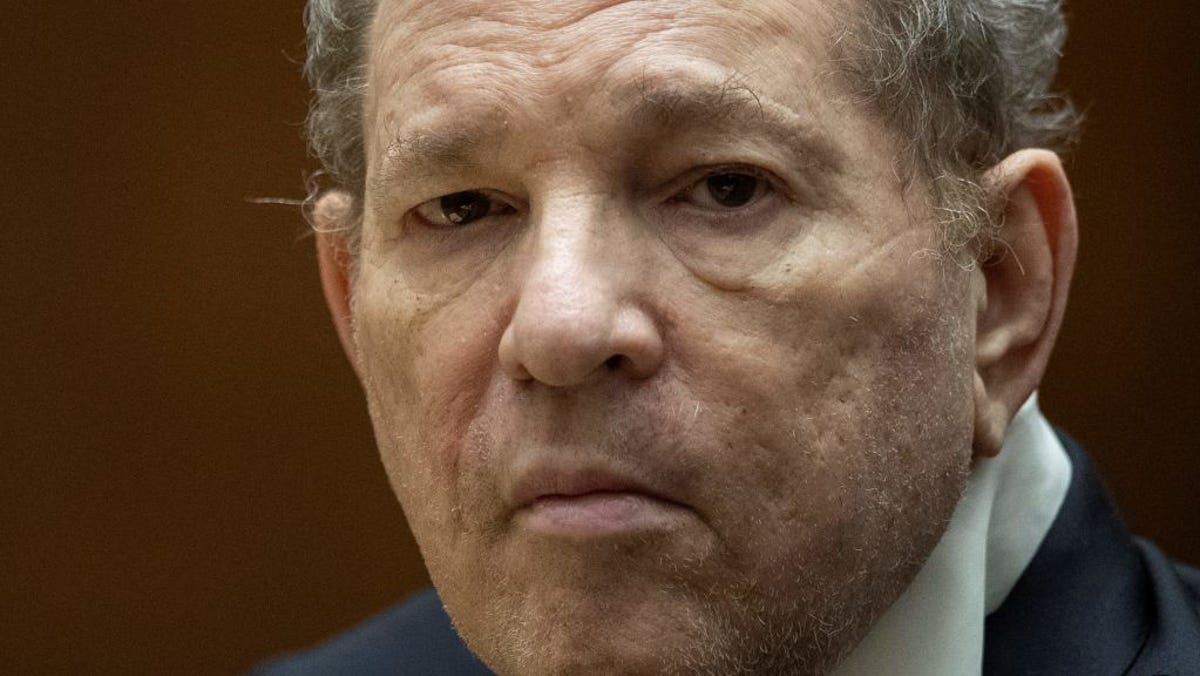Financial conditions have eased ahead of the Federal Reserve’s policy meeting this week, with U.S. stocks extending their rally on Monday as investors prepare for the Fed’s upcoming decision on interest rates and projections for where rates may be headed in 2024.
At its last policy meeting, “the Fed cited ‘tighter financial conditions’ as a reason to remain on hold” with respect to its benchmark rate, BofA Global Research analysts said in a note Monday. But since then conditions have eased, with real rates on the 10-year Treasury note
BX:TMUBMUSD10Y
dropping by nearly half a percentage point, equities rallying around 10%, spreads on corporate bonds narrowing “notably” and the U.S. dollar weakening, they said.
In the chart below, the analysts tracked financial conditions across assets since the Fed’s policy meetings in September and November.
BOFA GLOBAL RESEARCH NOTE, DEC. 11, 2023
The left side of the chart illustrates the drop in real 10-year rates and the decline in spreads for investment-grade and high-yield bonds, all measured in basis points, since the Fed’s September and November meetings. The right-hand side of the chart tracks the rally of the S&P 500 index
SPX
as well as the softening of the U.S. dollar
DXY
against a basket of six major currencies.
“The Fed is expected to hold rates stable” at its policy meeting this week and to “deliver a dovish hold” despite a “meaningful” easing of financial conditions, according to the BofA analysts.
“We think the Fed will likely remain on hold again in December and keep its balance sheet runoff policies in place, effectively ending the tightening cycle,” they said. “We do not believe hawkish holds are very credible at this stage, although the committee will reserve the right to raise rates if necessary.”
The analysts said the Fed isn’t ready to “shift from a tightening bias all the way to an outright easing bias,” with many members of the Federal Open Market Committee likely to view “a potential hike as slightly more likely than a cut” in the next three to four months.
Read: November’s rally just erased two months of Fed tightening, economist says
Some Wall Street analysts anticipate that the Fed could lean toward being more hawkish while at the same time holding its benchmark rate steady at the current target range of 5.25% to 5.5%.
Wells Fargo Investment Institute’s head of global investment strategy, Paul Christopher, said by phone Monday the Fed might signal a “hawkish hold” after the “rip-roaring rally in stocks” since late October.
Financial conditions have eased, he said, pointing to more liquidity becoming available for investment after the U.S. Treasury Department said in November that it planned to maintain its heavy issuance of cash-like T-bills late into that month.
Bob Elliott, chief executive officer of investment firm Unlimited Funds, told MarketWatch last month that financial conditions “meaningfully eased” after the Treasury’s quarterly refunding announcement at the start of November showed that it would issue less in long-term Treasury bonds than the market expected. “There was a policy easing by the Treasury,” Elliott said. Long-term Treasury bond prices rallied, sending yields lower, which helped drive stocks higher.
Major U.S. stock benchmarks ended Monday at their highest closing values of the year, after the Dow Jones Industrial Average
DJIA,
S&P 500
SPX
and Nasdaq Composite
COMP
each finished Friday notching a sixth straight week of gains.
The S&P 500 closed Monday up 0.4% at 4,622.44, its highest closing value since March 29, 2022, according to Dow Jones Market Data.
Read: S&P 500 may rise to 5,100 by end of 2024 as U.S. stock-market rally broadens, Citi says
Also see: What the stock market’s biggest bull expects in 2024: Fundstrat’s Lee reveals highest S&P 500 forecast on Wall Street
As for the bond market, the yield on the 10-year Treasury rate
BX:TMUBMUSD10Y
was little changed Monday at 4.238%, according to Dow Jones Market Data. The rate has fallen from around 5% in October.
Meanwhile, U.S. high-yield bond spreads, or the compensation that investors demand over comparable Treasurys, declined 12 basis points last week to 375 basis points to mark the narrowest spread of the year, according to a CreditSights note on Monday.
“Financial conditions have eased, with real yields dropping considerably from recent peaks,” CreditSights analysts said in a separate note Monday. “The Fed’s desire not to allow financial conditions to ease too much too soon guides our expectation for policy rate projections to skew to the hawkish side.”
Ahead of the Fed’s policy meeting this week, investors will on Tuesday get a reading on November inflation based on the consumer-price index.
The central bank is scheduled to release its decision on rates, along with its summary of economic projections, on Wednesday at 2 p.m. Eastern time, followed by a press conference with Fed Chair Jerome Powell.
Most economic data since the central bank’s last policy meeting, which concluded Nov. 1, have pointed to “moderation in activity, disinflation, and cooling labor market,” according to the BofA note.
“The Fed’s confidence has likely grown that its current policy stance is appropriate” and “sufficiently restrictive,” in the view of the BofA analysts. “Markets don’t expect the Fed to deliver coal for the holidays,” they said.

Sarah Wilson is your guide to the latest trends, viral sensations, and internet phenomena. With a finger on the pulse of digital culture, she explores what’s trending across social media and pop culture, keeping readers in the know about the latest online sensations.







